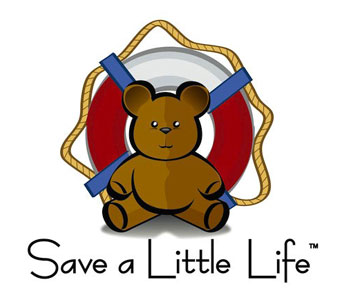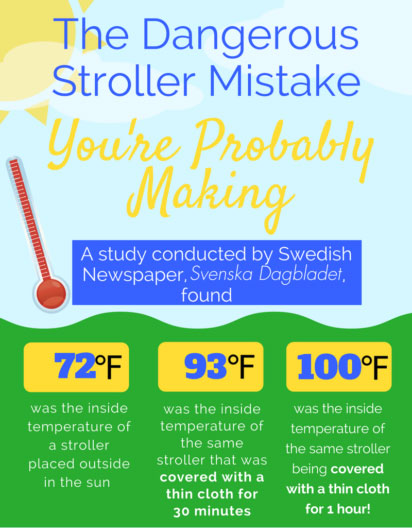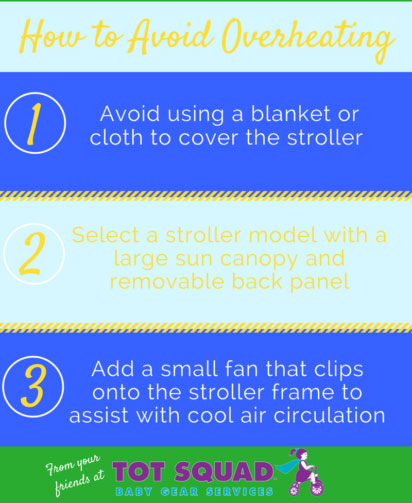In the 20 years that I have been teaching for Save A Little Life™ I have heard countless stories from parents regarding choking or near-choking events with their infants and/or children. These reports stick with me and I try to learn something from each parent who experiences them.
In our CPR and First-aid classes we always discuss the realistic chances of an infant or child choking. It remains one of the top causes of accidental death and the risks vary depending on the age of the infant or child. What has become clear, however, are the circumstances and conditions that either increase or decrease these incidents.
Human beings are born with good reflexes (gagging, coughing, vomiting) that most often reject items that threaten the airway. Parents will readily tell me about these episodes and most have learned how to prevent a choking episode.
Prior to eating semi-solids and solid foods infants thrive on breast milk and other fluids. Parents observe gagging episodes and almost always find ways to reduce (or at least panic less) these. Once we begin more solid foods there is a palpable increase in parental concern. This is understandable and we never minimize those concerns.
So, what can any parent, family member or care provider do to lessen the choking risk? Here are the most effective measures you can take to lessen the risk:
- Infants & children need to be seated in an appropriate highchair or booster seat when eating. No exceptions
- A responsible adult needs to be present during all feeding times
- Try and avoid doing other activities during feeding because a choking person makes no sound!
- Once an infant or child is able to crawl or walk they should have no food in their mouths or hand(s). The risk of choking elevates when these activities coincide.
- During family activities, vacations and/or parties (birthday’s, etc.) there should be no letdown of your focus.
- Pay close attention to toddlers who, when self-feeding, attempt to put too much food in their mouths at once. You have control of this!
- Never allow infants or children to eat in the vehicle…especially during the first 2 years when they are seated facing rear.
- Make sure that any family members, care providers or friends who assist during feeding understand these risks and observe the same precautions
There is always the possibility that, even when safe eating practices are used, some little ones will choke. Most people have about 30 seconds of consciousness once their airway is completely blocked. There is no reason to (initially) call 9-1-1 for a choking person since effective removal of an obstruction is done by those present. Paramedics are anywhere from 4-10 minutes away.
During the Save A Little Life™ class we prepare all in attendance to be able to identify a blocked airway and to remove it by safe and established emergency guidelines.
Prevention is the key to reducing risk for all health emergencies. It is woven into the fabric of our daily lives. We are always living with risk but with the proper understanding and consistent practice these risks can be lowered.

 Based on an interview with Stockholm pediatrician Dr. Svante Norgren about the dangers of covering a stroller, the Swedish newspaper, Svenska Dagbladet, conducted an experiment by putting a stroller out in the sun, midday, in the summer. Without a cover, the stroller was about 72 degrees Fahrenheit. After covering the stroller with a thin cover for 30 minutes, the temperature rose to 93 degrees and after an hour, 100 degrees!
Based on an interview with Stockholm pediatrician Dr. Svante Norgren about the dangers of covering a stroller, the Swedish newspaper, Svenska Dagbladet, conducted an experiment by putting a stroller out in the sun, midday, in the summer. Without a cover, the stroller was about 72 degrees Fahrenheit. After covering the stroller with a thin cover for 30 minutes, the temperature rose to 93 degrees and after an hour, 100 degrees! Dress children lightly, use plenty of sunscreen, and keep them well-hydrated. Sponge your child with a damp cloth to keep them comfortable. A small clip-on fan can be attached to their stroller for added circulation – just be sure to keep it out of reach.
Dress children lightly, use plenty of sunscreen, and keep them well-hydrated. Sponge your child with a damp cloth to keep them comfortable. A small clip-on fan can be attached to their stroller for added circulation – just be sure to keep it out of reach.